
Pets at Home saw more than £200m wiped off its valuation this week as investors raced to sell-off shares after the chain warned of a “unusually subdued” pet retail market.
The group served up a profits warning with its first-half results as surging demand in the industry that started during the pandemic finally disappeared.
Revenues grew just 1.9% to £789.1m in the 28 weeks to 10 October. The retail side of the business, which operates 450 stores, was flat, but the 440 veterinary general practices that it also owns registered 18.6% growth to £92.3m.
However, CEO Lyssa McGowan warned sluggish market conditions would continue into the second half of the financial year and beyond, leading to lower-than-expected growth rates. The group downgraded underlying pre-tax profits forecasts to “grow modestly” on last year’s figure.
Pets at Home highlighted that periods of slower pet market growth were not unprecedented but were historically short-lived. “We are confident that market growth will improve in future,” it said.
Shares in the group sank by as much as 17% to 230p on Wednesday after results were reported, pushing down its market cap to £1.1bn.
Analysts at Peel Hunt slashed the firm’s target price for Pets at Home from 350p to 325p, cut FY25 pre-tax profit expectations by £10m and made similar changes to FY26/27.
“Pets at Home is a good, well-run and well-positioned retailer that should do well as the consumer re-emerges and as the Covid cohot of pets ages,” said analyst Jonathan Pritchard. “However, short-term momentum is lacking.
Dan Coatsworth, investment analyst at AJ Bell, added the latest update from Pets at Home would have left shareholders “howling” as it revealed “vulnerabilities on several fronts”.
He noted the changes in the Budget were also unhelpful given the group employs lots of staff on relatively low wages.
“More worrying is what the firm describes as a ‘unusually subdued’ pet market,” he added. “After a period during the pandemic when it felt like every household was keen to add a furry friend to the mix, it’s perhaps understandable to see a slowdown. However, Pets at Home is also vulnerable to pet owners going to non-specialists like supermarkets in search of a better deal. Loyalty schemes, which have been a useful initiative for the group, will only take you so far when consumers are highly cost-conscious.”
Third Bridge analyst Alex Doran agreed that supermarkets and Amazon had made life harder for Pets at Home, luring in shoppers convenience and low prices.
“But Pets at Home stands out with expert staff offering personalised advice—something rivals can’t match,” he said.
“Rising minimum and living wages will squeeze Pets at Home’s margins, but there’s room to grow profits by boosting own-label and accessories sales. The new distribution centre could also cut operational costs.”
Emily Scott, retail analyst at GlobalData, said Pets at Home was “not fully capitalising on market opportunities or effectively expanding its retail customer base”.
“For instance, one area of growth in the market is direct-to-consumer brands, for example with pet food, where brands deliver personalised pet food straight to the consumer’s door. Pets at Home’s digital strategy, which was supposed to be a key growth driver, seems to have fallen short of expectations.”




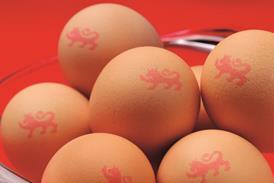



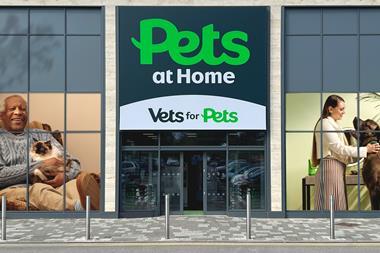
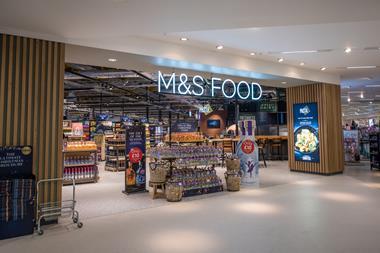
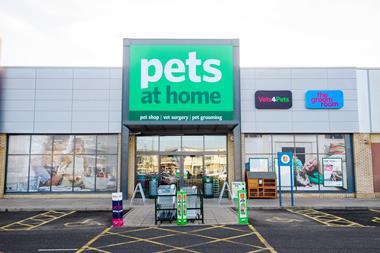

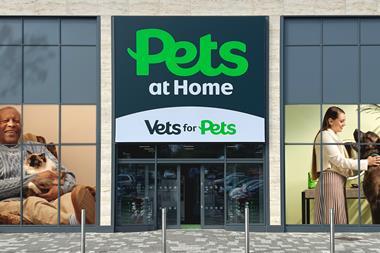
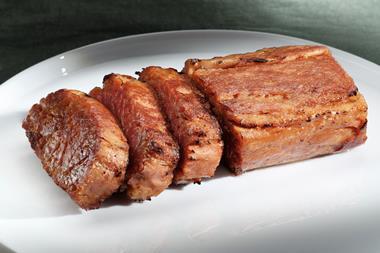
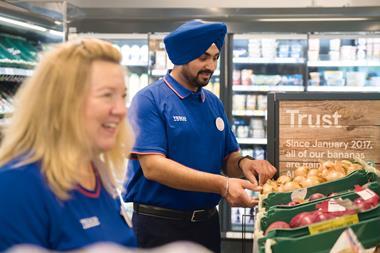
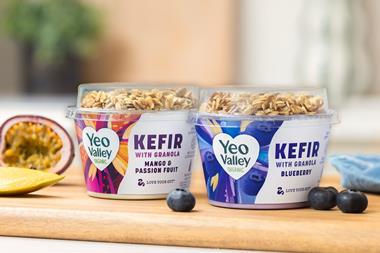
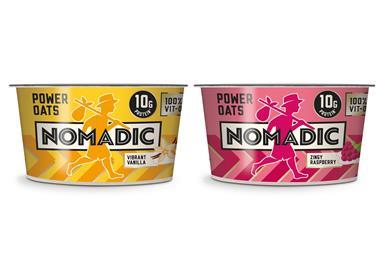

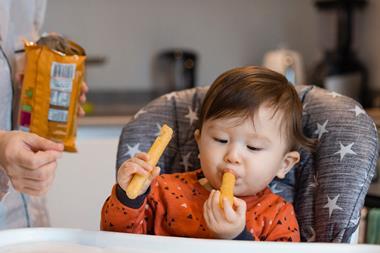
No comments yet